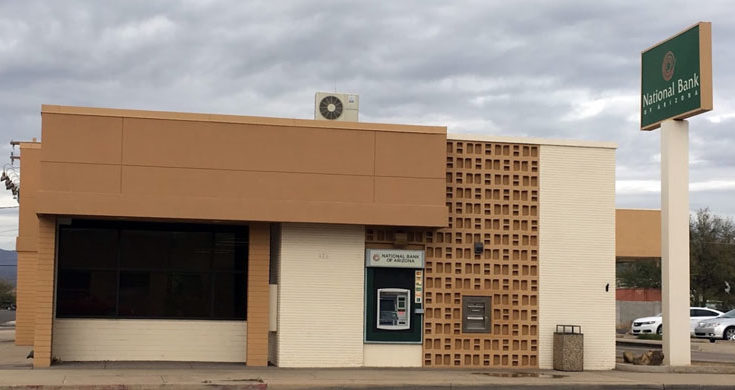Everyone needs an emergency fund. It’s not optional. If your car breaks down or you lose a job, you need cash on hand that’s safe, instantly available, and doesn’t depend on the stock market or loan approvals. The question isn’t whether you need one — it’s where to keep it.
The two most common choices are regular savings accounts and high-interest savings accounts. Both serve the same basic function, but the difference in how much they earn, how they work, and what they require from you can be significant.
For anyone comparing options, it’s about reliability, access, and what’s actually going to help you when you need it. Some people stick with a basic savings account at a branch, while others move their money into a high-interest savings account. But what can work for you?
What Counts as a Regular Savings Account
Regular savings accounts in Canada are what most people open at major banks and credit unions. These accounts are simple, typically come with no monthly fees, and often link to your chequing account.
But the interest is low. In most cases, it ranges from 0.01% to 1.25%, depending on your balance. Some banks raise it to around 1.5% or 2.0% if you hold over $100,000, but few Canadians park that kind of money in a regular savings account.
The current average savings rate among Canada’s traditional banks sits around 0.8% to 1.5%, with the lowest offers still under 1.0%.
Benefits:
- No complex terms or rules
- Direct access through your main bank
Drawbacks:
- No incentive to leave the money untouched
- Often earns less than inflation
What High-Interest Savings Accounts Offer
High-interest savings accounts (HISAs) offer much better returns and are typically available through online banks, credit unions, or digital branches of the Big Five.
As of June 2025, Canada’s top HISAs offer:
- 4.00% to 4.90% (often promotional)
- 2.50% to 3.90% ongoing, non-promo rates
Some traditional banks also run short-term promos that bump rates temporarily — usually for new deposits or new customers.
Pros:
- Interest rate is 3 to 5 times higher than regular accounts
- Still CDIC-insured (or insured provincially in the case of credit unions)
- Can be accessed online at any time
Cons:
- Some require automatic deposits or minimum balances
- Transfers may take 1–2 days if not linked to your main chequing account
Rate Comparison: The Real Numbers
Say you’ve set aside $12,000 as your emergency fund.
- At 0.75% (regular savings) → earns about $90 per year
- At 4.50% (high-interest savings) → earns about $540 per year
That’s a difference of $450 in interest in just one year. Over five years, with no additional deposits, you’re giving up over $2,200 by keeping the money in a regular account.
This isn’t theoretical. These are the real gaps you see between standard savings and the best HISA options available in Canada right now.
Are All High-Interest Accounts Equal?
No. In Canada, the term “high-interest” isn’t regulated and can be used loosely. Some accounts advertised as high-interest may only offer that rate under specific conditions — or for a limited time — with a much lower base rate afterward. Here’s what to look out for:
Is the rate permanent or promotional? Some accounts offer an eye-catching rate for the first few months. After that period, the rate may drop significantly — sometimes below the national average. If you’re considering a promotional offer, make a note of when it ends so you can reassess.
Is the insurance coverage clearly stated? Accounts should be covered by deposit insurance. Most federally regulated institutions are protected under CDIC, up to $100,000 per insured category. Others, such as provincially regulated credit unions, fall under local insurance plans. Some provinces offer higher or even unlimited coverage.
Are there balance limits or conditions? In many cases, the advertised rate only applies to a specific range — such as the first $5,000 or $100,000 in the account. Outside that range, the rate can be much lower. Some accounts also require you to meet specific conditions like recurring deposits, a minimum number of transactions, or maintaining a certain balance. If those aren’t met, the rate may fall to a baseline level.
How to Structure Your Emergency Fund
This setup balances growth and access:
- Step 1: Keep 1–2 weeks of living expenses (e.g., $1,500) in a regular savings account at your main bank.
- Step 2: Move the rest (e.g., $8,500) into a high-interest savings account with a proven rate and clear terms.
- Step 3: Link the accounts if possible. That way, if something happens, you can pull from regular savings first and move the rest within 24–48 hours.
Review once or twice a year. If your high-interest account drops below 2%, it might be time to switch. Rates change often, especially promotional ones.
Use both accounts to your advantage. Keep enough close at hand, and let the rest work a little harder in the background.









